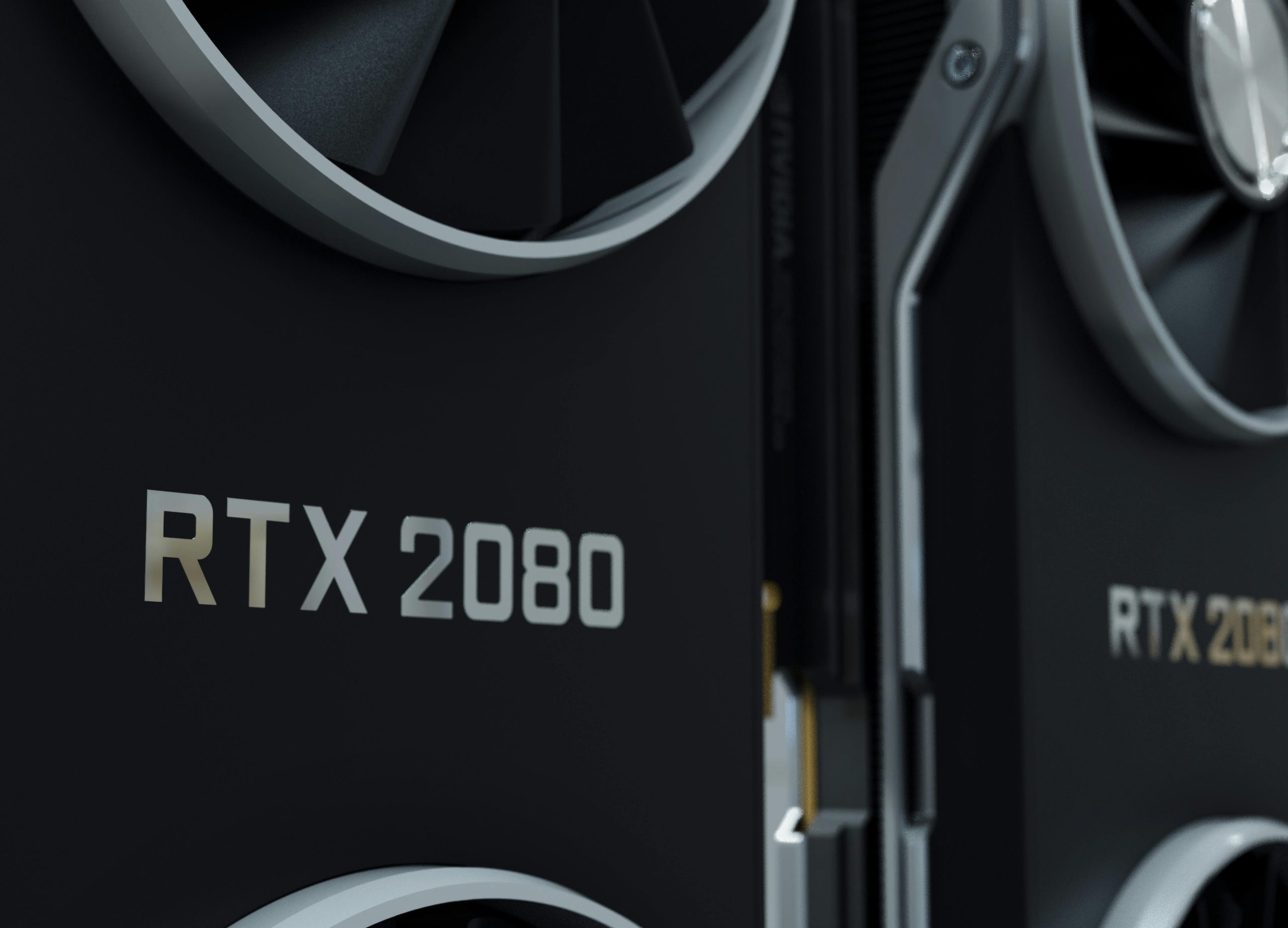Understanding GPU Power Consumption Discrepancies: Insights into Performance and Power Draw Variations
Introduction
Recently, a GPU enthusiast encountered an intriguing issue involving their MSI RX 6800 Gaming X Trio 16GB graphics card. The user observed that during synthetic benchmarks such as Furmark, Superposition, and Valley, the GPU consistently drew maximum power. However, in real-world gaming scenarios, the power consumption was less than half of that, resulting in reduced performance and GPU utilization. This article explores potential reasons behind this phenomenon, helping enthusiasts and professionals better understand GPU behavior and troubleshooting strategies.
Background
The user conducted comprehensive maintenance, including disassembling the GPU, cleaning components, replacing thermal pads and paste, and updating drivers. Post-maintenance, the GPU successfully booted into Windows, with stable temperatures and high utilization during synthetic benchmarks. Overclocking adjustments via AMD Adrenaline—maxing out power limits and setting minimum clock speeds near the base clock—were applied, along with reflashing the original VBIOS to ensure stability.
Benchmark Observations
-
Synthetic tests (Furmark, Superposition, Valley): GPU power consumption reached 200–230W, with temperatures remaining within safe limits, and monitoring tools reported high clock speeds.
-
Actual gaming sessions (Cyberpunk 2077, Spiderman 2, Oblivion Remastered): Power draw reduced to roughly 100W, with fluctuating frame rates and lower overall performance despite reporting high clock speeds via monitoring software. Temperatures stayed within normal ranges, yet the GPU did not fully utilize available resources.
Key Questions
Why does the GPU draw maximum power during synthetic stress tests but significantly less during gaming?
Potential Causes and Considerations
- Power Management and Dynamic Voltage/Frequency Scaling (DVFS)
Modern GPUs employ sophisticated power management techniques, dynamically adjusting voltage and clock speeds based on workload. Synthetic benchmarks stress the GPU uniformly, prompting maximum power draw. In contrast, some games may use workloads that don’t fully utilize the GPU core or trigger power-saving features, leading to lower power consumption.
- Power Limit Settings and BIOS Configurations
Even after reflashing the VBIOS and adjusting power limits, it’s possible that underlying hardware or BIOS configurations impose constraints. Ensure that the GPU’s power limit settings are correctly applied and persistent during gameplay.
- Boost Clocks and Monitoring Software Accuracy
Monitoring tools may report high clock speeds based on nominal or boost clocks, but actual performance can be throttled by power or thermal limits
Share this content:

